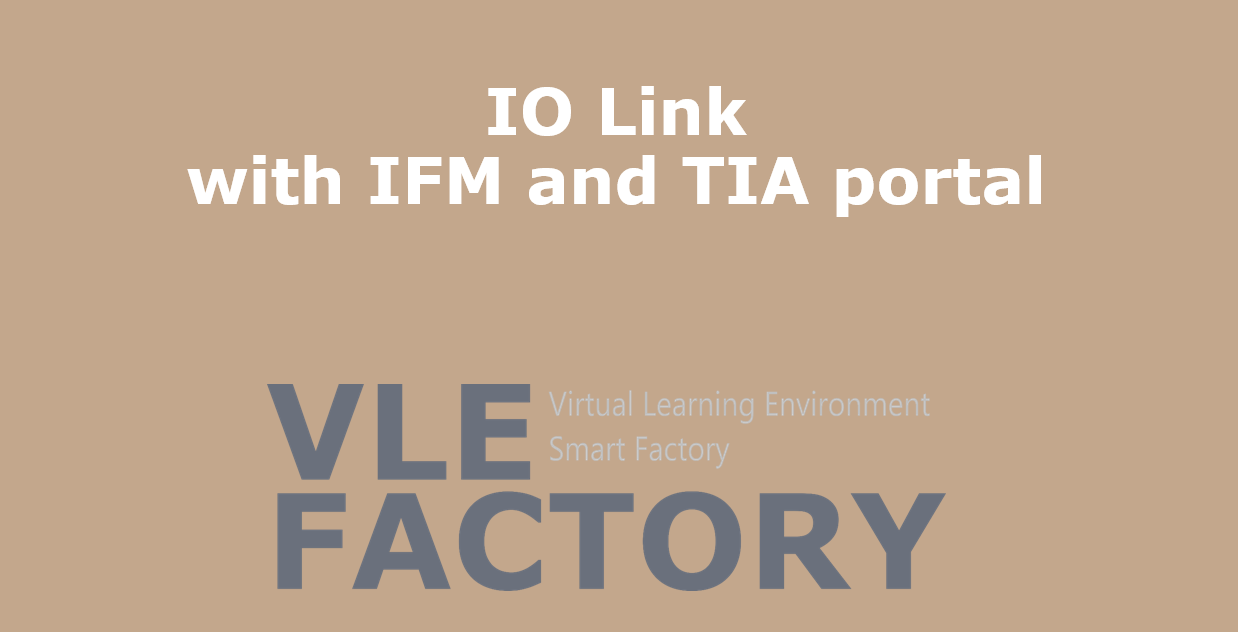Module 4:
Sensor’s Data Collection and Analysis
In this module, student will learn about how sensor’s data can be collected and visualized on the serial monitor. Students also learn on how real-time data can be visualized using MATLAB. In this module, the student also learn about the sensors, types and characteristics.
Students are ready for Piloting Module 4 in LTTA event in Denmark
Contents of the Module 4
MU 1: Brief Introduction to Sensors
Sensors, Signals, and Systems
Sensor Vs Detector
Sensor, Actuators, and Transducer
Direct and Hybrid Sensor
Sensors Classification
Study of Sensor’s Specifications from Data-Sheet
Related Assignments and Quiz
MU 3: Sensor Data Collection Methodologies and Robotics Demonstrations
Arduino Development Environment
Temperature, Pressure and Humidity sensor data collection
Building Circuit
Programming Arduino (Basic C language is needed)
Demonstration of Robot’s Image Camera data in Smart Manufacturing Environment
Demonstration of Robot Control using leap motion sensor
Demonstration of Color Candies Sorting with Niryo Robots
MU 4: Sensor’s Data Analysis and Visualization
Infineon MCU Evaluation board
Collecting and visualizing accelerometers, gyroscopes and microphone sensors data
Slides and step-by-step procedures for doing such Project
Similar assignments

Contribution By Mercantec: IO-Link
Here is a short PowerPoint introduction to what OI-Link is and how it can be used for sensor communication.
Duration 30 min
The presentation covers the following topics:
– Electrical connection
– Port operating modes
– Data exchange forms
– IODD Files
– Master configuration tool
– PLC configuration TIA
– GDS/EDS files
– Port Validation / Data Storage
– Acyclic data using FB50004 IO_LINK_DEVICE
– Port Qualifier Input and Index 36
Contribution by CBS: Sensors in Festo
In technology, sensors play an important role, as do they in the Smart Factory at our school. They are used for controlling, regulating, monitoring, and securing machine and equipment conditions, as well as process states.
They can be used to detect positions, locations, forces, moments, distances, angles, colors, temperatures, and pressures.
In the application of turning processes, sensors and actuators play a crucial role in ensuring the process flow works.
